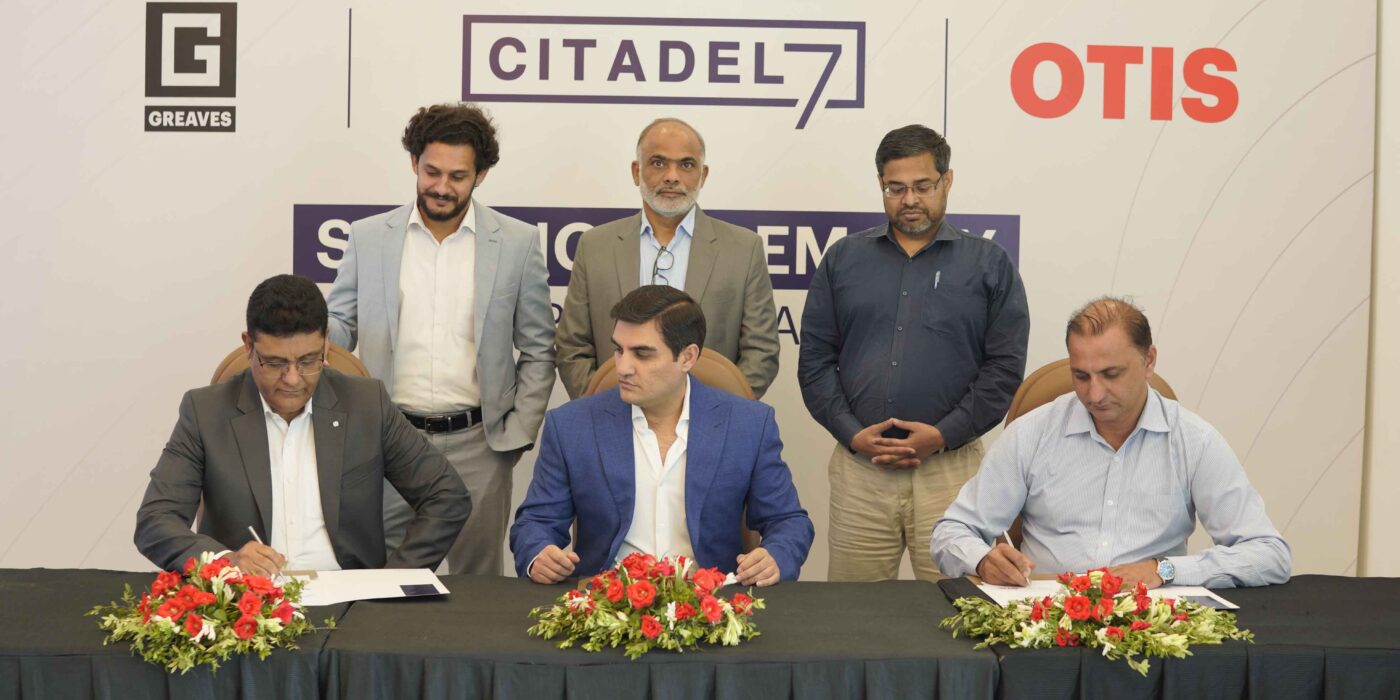What is Raft Foundation? Types, Use Cases, and Construction Guide
Raft foundation, also known as mat foundation, is a widely used structural foundation system in both residential and commercial projects. It plays a crucial role in distributing building loads over a large area, particularly in sites with weak or compressible soils. This article provides a comprehensive guide on raft foundation, including its definition, types, use cases, materials, and construction methods. It is optimized for readers and search engines using key phrases like “raft foundation,” “types of raft foundation,” “raft foundation materials,” and “raft foundation design.”
What is a Raft Foundation?
A raft foundation is a thick, reinforced concrete slab that extends over a large area and supports the structure above. It spreads the load from columns and walls evenly over the ground, reducing stress on the soil and preventing differential settlement. Typically, this type of foundation covers the entire footprint of the structure and is suitable for soils with low bearing capacity.
In structural engineering, the raft foundation design considers both the structural load and soil condition to ensure optimal performance and safety. The slab is heavily reinforced with steel to resist bending and shear forces.
Working Principle of Raft Foundation
The working principle behind a raft foundation is simple yet effective. Instead of transferring loads to the soil through individual footings, the entire weight of the structure—including the self-weight of the slab—is distributed across the entire surface area of the foundation. This lowers the pressure exerted on any one point of the soil, thereby minimizing the risk of shear failure or uneven settlement.

This mechanism is especially useful in scenarios where:
- Soil bearing capacity is low.
- Loads are unevenly distributed.
- The structure layout results in overlapping footings.
When to Use a Raft Foundation
Choosing the correct foundation type is vital in structural engineering. Raft foundations are commonly used when:
- The soil has a low bearing capacity.
- The structure covers a large area.
- Individual footings would cover over 50% of the ground area.
- Columns or walls are closely spaced.
- A basement is to be included.
- The site contains compressible or variable soil layers.
- There is a high water table.
Examples include:
- Residential or commercial buildings
- Warehouses and factories
- Storage tanks and silos
- Heavy equipment foundations
Types of Raft Foundation
The types of raft foundation used in construction depend on the soil conditions, load distribution, and structural layout. Below are the most common types of raft foundations:
1. Flat Plate Mat
This is the simplest and most economical form of raft foundation. Suitable for light loads and uniformly spaced columns, the slab is typically no thicker than 300mm. Reinforcement is provided in both directions, with additional bars under columns and walls.

2. Plate Thickened Under Columns
When loads are higher, the raft slab is thickened at column locations. This helps resist shear forces and provides extra reinforcement where needed.

3. Two-Way Beam and Slab Raft
Beams are integrated into the raft slab in both directions. This method is suitable for structures with large spans between columns and varying loads.

4. Raft with Pedestals
A pedestal is added at the base of each column to provide additional support. This is similar to the thickened slab method but includes a discrete element under the column.

5. Piled Raft Foundation
Here, piles are driven into the ground to support the raft slab. It is ideal for soft soils and high water table areas. Piles reduce settlement and increase overall load-bearing capacity.

6. Rigid Frame Mat or Cellular Raft Foundation
This advanced type involves two slabs connected by deep beams, forming a cellular structure. It is used when the building carries extremely heavy loads, and high rigidity is needed.
Each of these types of raft foundation has specific use cases, and the selection depends on a thorough site investigation and load analysis.

Raft Foundation Materials
High-quality materials are essential for the effective performance of any raft foundation. Common materials include:
- Concrete: Used for the slab and beams, offering compressive strength.
- Steel Reinforcement: Reinforces the concrete, enabling it to resist tensile and shear forces.
- Formwork: Temporary molds to hold concrete in place until it sets.
- Waterproofing Membrane: Protects the foundation from groundwater and moisture.
- Spacers: Ensure proper spacing of reinforcement bars for effective load transfer.
Raft Foundation Design Considerations
A robust raft foundation design requires analysis of multiple factors:
- Soil Investigation: To determine bearing capacity, moisture content, and compressibility.
- Load Calculation: Includes dead load, live load, wind load, and seismic factors.
- Slab Thickness: Depends on the load and soil properties; typically ranges from 200mm to 500mm.
- Reinforcement Layout: Should accommodate both structural and construction requirements.
- Settlement Control: If needed, piled rafts may be used to minimize differential settlement.
The raft foundation design should also consider local building codes and geotechnical recommendations.
Construction Process of Raft Foundation
- Site Preparation: Mark the area and remove vegetation or debris.
- Excavation: Dig to the desired depth based on the design.
- Soil Compaction: Compact the subsoil to improve bearing capacity.
- Waterproofing: Apply a waterproof membrane to prevent water ingress.
- Blinding Layer: Pour a 3-inch layer of cement-sand paste to smooth the base.
- Reinforcement Placement: Lay steel bars as per the design with appropriate spacers.
- Concrete Pouring: Place concrete in layers and ensure uniform distribution.
- Curing: Keep the surface moist for at least 7–14 days to achieve full strength.
Attention to detail during each phase ensures the long-term durability and safety of the foundation.
Advantages of Raft Foundation
- Economical for large structures
- Reduces differential settlement
- Distributes load over a wide area
- Suitable for poor soil conditions
- Provides a base for basement construction
Conclusion
A raft foundation is a practical and cost-effective solution for supporting structures on weak or variable soils. With several types of raft foundation available, each catering to different structural and soil requirements, it offers versatility and reliability in construction. By understanding raft foundation design, materials, and construction methods, engineers and builders can ensure safe and efficient structural support.
Whether for a residential building, commercial tower, or industrial facility, the raft foundation remains a go-to choice in modern construction.
Real-World Application: Citadel 7 by Chakor Ventures
A prime example of the application of raft foundation can be seen in Citadel 7, an exclusive high-rise corporate tower in Islamabad developed by Chakor Ventures. Located in the prestigious Blue Area, Citadel 7 incorporates modern design with advanced engineering practices, including a robust raft foundation system to handle variable soil conditions and heavy structural loads. With its 20-story layout comprising retail, food court, and office spaces, Citadel 7 stands as a model for how effective foundation design supports safe, resilient, and functional commercial architecture.


















